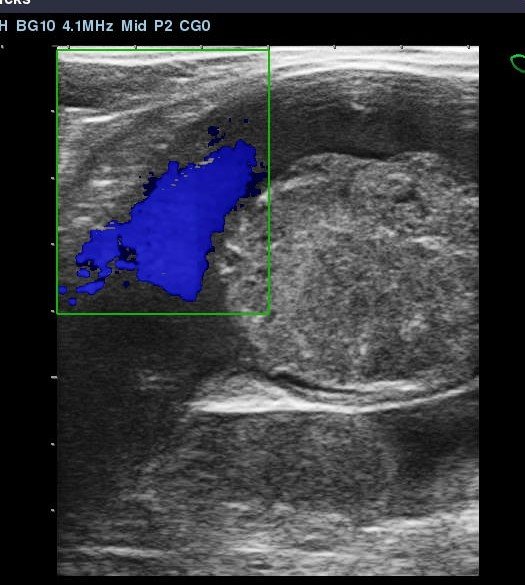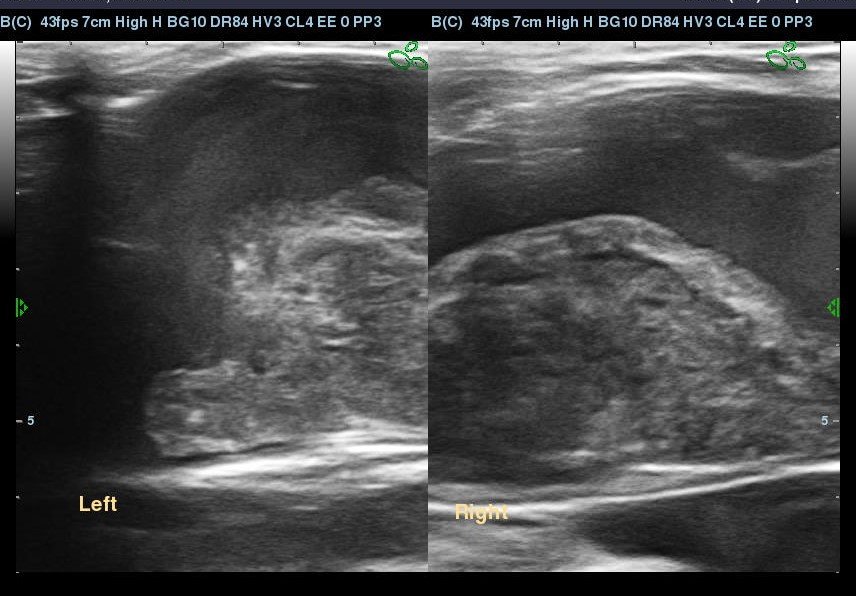Hind limb lameness is a relatively common presentation in racing and sports horses. As we know, there are many possible causes; joint disease often involving OCD lesions, leading to osteoarthritis, soft tissue injury such as proximal suspensory desmitis, and stress fractures typically involving the pastern, cannon bone, tibia or pelvis. All these conditions are relatively straightforward to locate and diagnose. This blog, however, describes a more unusual cause of a transient hind limb lameness, which is brought on by strenuous exercise and then appears to resolve. The video clip below, shows a typical presentation of iliac thrombosis in which a section of the iliac artery, a terminal branch of the aorta supplying the hind leg, becomes partially blocked. The reduced capability of the artery to supply oxygenated blood to the hind limb results in pain and discomfort often causing the horse to stamp or carry the leg. Eventually the oxygen debt caused by the strenuous exercise is resolved as the horse cools down and the pain subsides. The exact cause of the thrombus is unknown; it used to be linked to migrating strongyle larvae but these parasites have been largely eradicated and the condition still occurs. Some other vascular disease must be responsible. Treatment with blood thinning drugs such as aspirin is often attempted but is usually unsuccessful.
Transient hind limb lameness post exerecise
Diagnosis of this condition was confirmed by scanning the iliac arteries using transrectal ultrasound imaging. Normally the arteries are wide and uniform in cross section and the blood flow can be clearly seen. In the ultrasound images below, the dense grey structure within the vessel is the thrombus. The colour image is achieved using doppler to capture the blood flow and shows how the thrombus is partially occluding the artery.
A large thrombus within the iliac artery
This horse actually had a thrombus in the left and right iliac artery which is very unusual.
There is a surgical treatment option to try and remove the thrombus, however it is a risky procedure and recurrence is a possibility. In this case the horse was retired to pasture as a companion animal.

